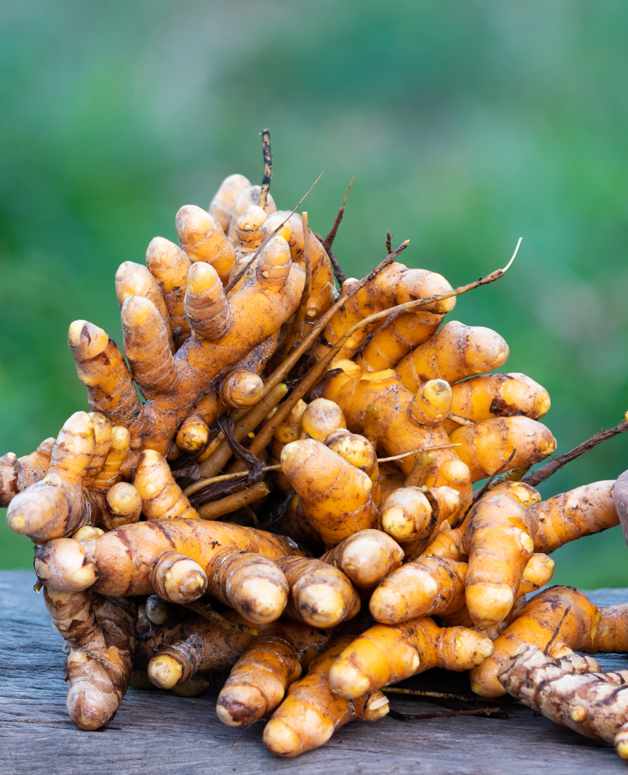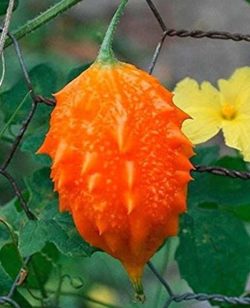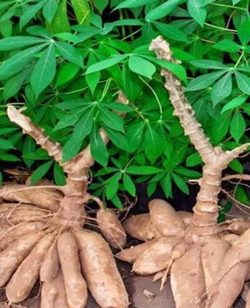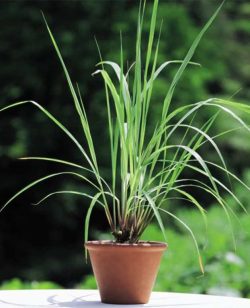Description
Today, researchers are looking at its possible health benefits, including anti-inflammatory properties. With its tropical foliage and showy flowers, turmeric is a beautiful and useful addition to any garden. The turmeric plant grows to three feet and has oblong, dark green leaves that are about five inches wide. The flowers are yellow-white, growing on a spike-like stalk. It grows well in partial to full shade in soil that has been amended with organic matter. Turmeric prolifically produces rhizomes that are ready for harvest generally in late fall or early winter; you’ll know it’s ready when the plant goes dormant. A perennial, turmeric dies back during winter freezes but will return reliably in late spring.
Cooking With Turmeric
As a general rule about 1 inch of fresh turmeric is equivalent to 1 tablespoon of freshly grated turmeric, or 1 teaspoon of ground turmeric.
You may not even realize some of the times you’ve eaten turmeric; it is often used to add color to everyday foods like mustard. With a nutty taste and a slightly bitter edge, turmeric is a great balance for sweeter spices.
Fresh turmeric is a great addition to juices and smoothies, curries, and salads. However, like most spices, turmeric can be added to almost any dish: sautéed with vegetables, sprinkled into mashed potatoes (regular or sweet), or added to sauces and baked goods. Your options are only limited by your creativity. The roots are not the only useful part. Turmeric leaves can be used as a wrap the same way you would use cabbage, banana, or grape leaves.
Turmeric keeps well when frozen. Simply wash, peel, and freeze the rhizomes. When you’re ready to use it you don’t even need to thaw it; simply grate what you need into your recipe. Another way to preserve your turmeric is to pickle it, although this would change how you would use it in recipes.




